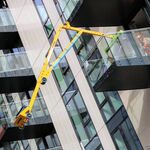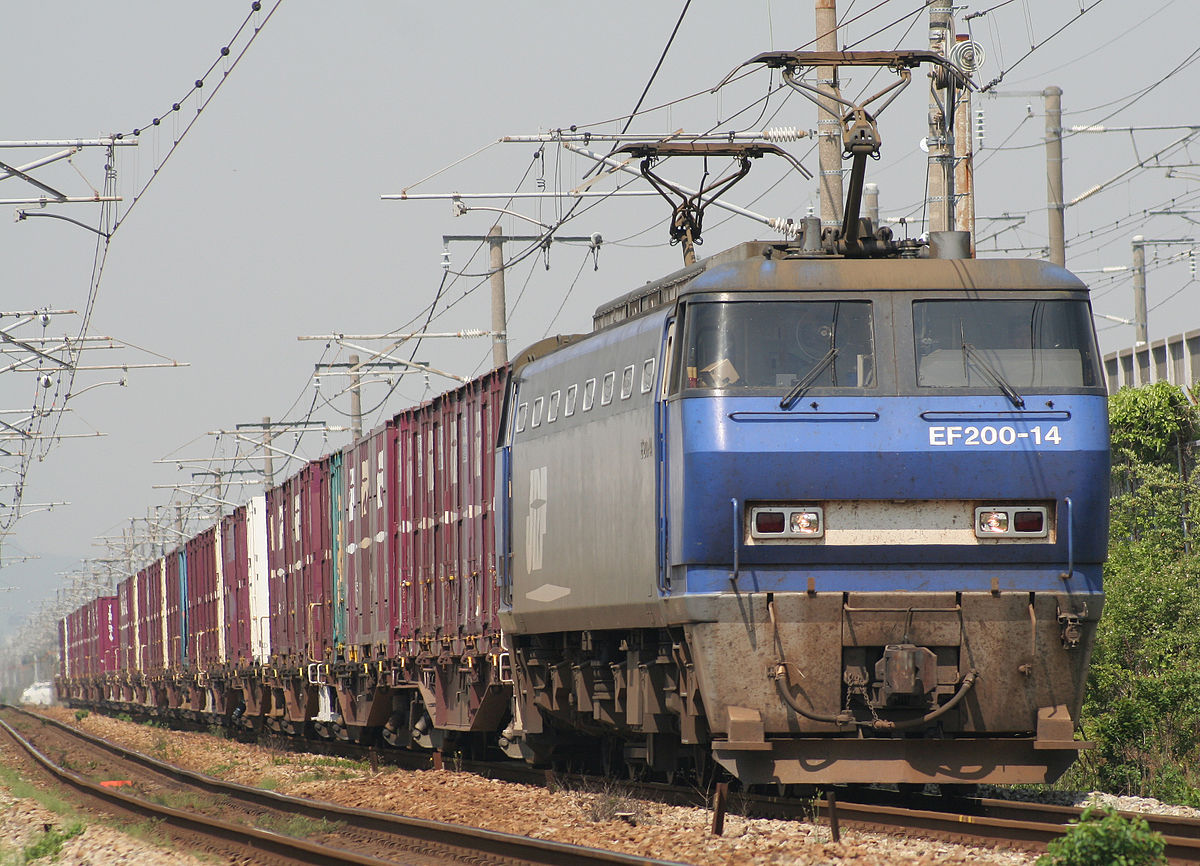(pushing the limits on on-topic once again, but since OBRY is a relevant case in point....)
I have a theory that we are in a dark zone that won’t last forever around branch lines.
Clearly, railways currently have an aversion to loose-car railroading. Branch lines by definition survive on small volumes of loose-car shipments. Unless they are lucky enough to have a unit train depot on line, it’s slim pickings. (The G&G is a good example of that.... look on Google Earth at all the industrial trackage running off it in the north end of Cambridge, you can see how many factories and warehouses no longer use their rail spur). Under current conditions, branch lines are only as viable as whatever loose car business they can hold on to.
My suspicion is, everyone is over estimating the willingness of road operators to continue to accept trucking as the solution to low-volume shipments, which includes transloading of loose car rail shipments and even drayage of containers. The roads are full.
It’s easy to say that the freight volumes on OBRY out of Orangeville can be easily handled by truck. But aggregate all the truck shipments coming out of the Grey-Bruce peninsula, and think of how many pass through the GTA, and consider that impact on the congestion on the 401/410. Eventually someone will say “no more”. There will be a need for more transload points than just Milton and Bramalea and Vaughan, so that transloads and intermodal never touch a GTA highway..
This is not saying that the old lines could have survived since the were torn up in the nineties, or that a branch line business will return in its old form. I suspect there will have to be a transformation or two, possibly entailing much greater automation in rail yards and intermodal terminals to reduce switching delays and labour requirements. But eventually, somebody may decide it’s worth consolidating some number of shipments onto railcars of some newer type and doing the distribution from a hub in, say, Stratford, or Guelph, or Chatham...to keep them off GTA roads. If any branch lines are left by then, they could extend the reach of that more multi-noded distribution system. That would make those lines valuable and more economical than highway tolls.
Just a theory, and I suspect OBRy will be gone before that happens. But it’s a shame that some branch line to Grey/Bruce hasn’t survived, they could be a future solution.
- Paul
PS: Of course, we could build the 413, and the roads are ok for another decade.......NOT







